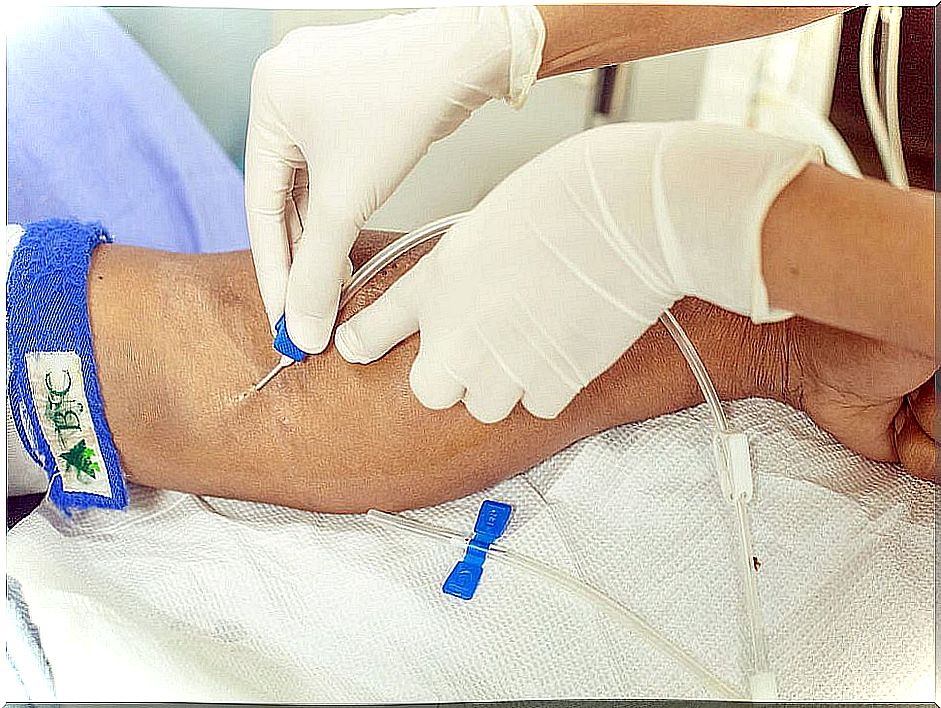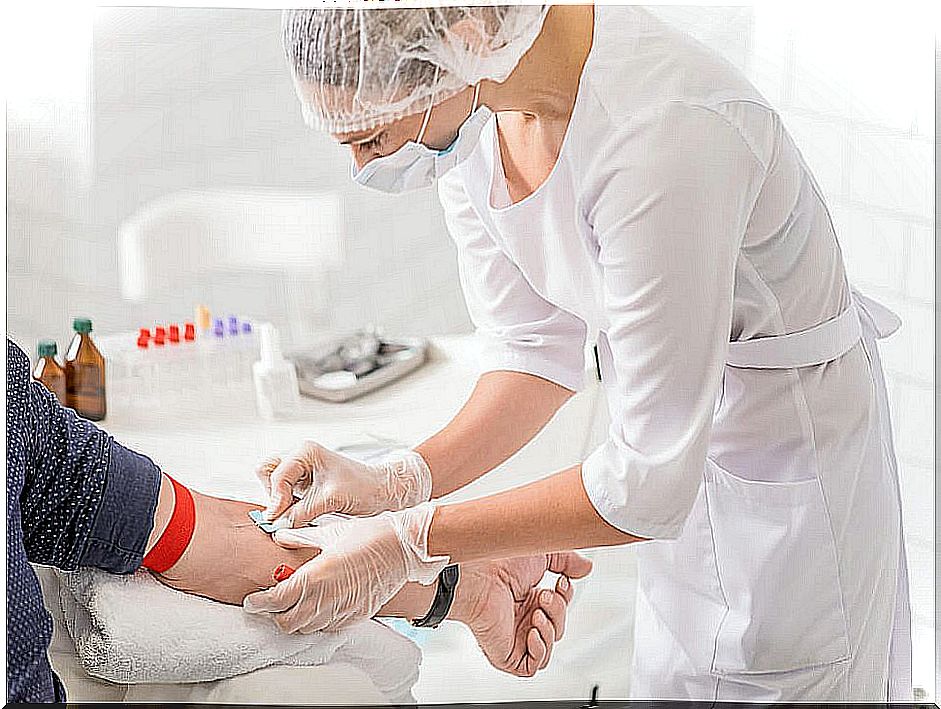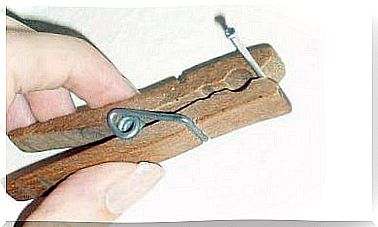Peripheral Venodisection: Everything You Need To Know
Peripheral venous dissection consists of a surgical process that aims to dissect the superficial vein of an extremity or the neck. With this, the aim is to introduce a catheter into the light that may be short or reach the vena cava, or the right atrium.
The access consists of a fully implantable venous access port, which means that it provides patients with safe and permanent access to a vein.
Therefore, peripheral venous dissection is indicated in those situations in which it is necessary to maintain a channeled vein and the process cannot be achieved percutaneously. In fact, it is often practiced in patients who need continuous administration of injectable drugs, such as those patients receiving chemotherapy. The procedure is also called a phlebotomy .
Advantages of peripheral venodisection
The peripheral venous dissection technique is an open surgical procedure. In the same process, the cephalic vein is opened and accessed. This is a procedure that can be very favorable for the patient due to the following characteristics:
- Long catheters can be inserted under direct vision of the vein.
- Chemotherapy, total parenteral nutrition, or hypertonic solutions can be given.
- The catheter tip can be placed in a central position in the vein.
- Through the catheter, the central venous pressure can be recorded.
- Catheters can stay in place for a long time, even years.
Likewise, it is important to mention that by being able to place the tip in a thick vein or in the right atrium, professionals avoid the development of phlebitis and sclerosis.
Both diseases usually develop when these treatments are passed through the injection of blood into a peripheral vein, using short catheters.
Peripheral venodisection technique

The first thing to take into account for a correct execution of the technique is the position of the patient. This will depend on the place chosen to carry out the method.
When it comes to adults, the region that is used most frequently is the anteromedial aspect of the arm in its third disc. Specifically, above the elbow crease. The goal is to tackle the basilica vein. Likewise, other frequented places are:
- The external jugular veins of the neck.
- The cephalic vein in the deltopectoral groove.
- The saphenous arch at the root of the thigh.
In the case that the patient is a minor, the process focuses on the internal saphenous at its origin. This means 1 centimeter above and in front of the medial or medial malleolus of the ankle.
It is essential to bear in mind that, if the patient’s conditions allow it, the surgeon should always explain the procedure and obtain his or her consent before starting it.
After choosing the location for the procedure, the patient will be placed in the proper position. If the arm or deltopectoral groove is to be venous dissected, the arm will be abducted.
The professional must always wear the regulation clothing, which will consist of a cap, mask, gown and sterile gloves.
Complications

Generally, the complications associated with this technique are based on the surgical procedure to be followed. In this way, we find surgical risks related to the essence of the catheter in situ or postoperative risks, which usually occur during the postoperative care itself.
First, surgical complications are usually the following:
- Inability or difficulty to identify or channel a vein.
- Venous ruptures or arterial injuries. In this case, there can be really serious consequences.
- Rupture of the channeled vein, bruising or arterial ligation.
- Difficulty passing the catheter.
In addition, postoperative complications are based on the stay of the catheter in the vein. This can happen due to lack of care or for a long time. The risks are as follows:
- Thromboembolism.
- Phlebitis : a problem that arises when the catheter is left in the vein for a long time.
- Collection of pus at the incision site: This is usually due to infected bruises, which, in the worst case, can lead to the development of generalized sepsis.
This is why good postoperative care is always essential. Professionals recommend keeping the catheter isolated with sterile gauze. Thus, bacterial colonization is avoided and remains fixed to prevent it from coming out during handling or when moving the patient.









